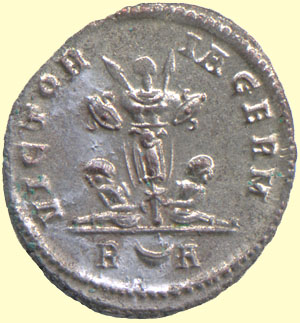 Contents -
Previous Article -
Next Article
Contents -
Previous Article -
Next Article
Starving a City Into Submission With Siege Tactics
Starvation was a very common strategy used in the ancient and medieval worlds to bring an otherwise strongly defended city or fort to the point of surrender. The besieging army would surround the city, cutting off all routes whereby it might be resupplied with food and water. If the king or other ruler who governed the city planned ahead, the defenders could bring livestock and supplies of grain within the walls. Often cities were built so that a spring or good well was enclosed within the walls. In these cases, the besieging army would have a difficult time starving the city into surrender. The Romans had a few other tricks up their sleeves when confronted by a stoutly defended and well supplied city. They built siege towers from wooden poles bound together with leather from the top of which they could rain arrows down on the unfortunate defenders. They also used siege artillery such as ballistas, onagers, and catapults to throw stones or short, thick arrows known as bolts over the walls at the defenders. The Romans were not above using some dirty tricks, too. balls of flaming pitch and burning sulfur were used by both attackers and defenders. Sometimes, the besiegers would cut the heads off slain soldiers who were known to be relatives of those holding out behind the walls. The severed heads were allowed to ripen in the hot sun until they had reached a very smelly and offensive condition. They were then pitched over the walls with catapults to fall amongst the hapless population of the besieged city. Another tactic used to terrorize and demoralize the population of a besieged town over a period of days or weeks was to mount the heads on pikes. These trophies were then set up in full view of the defenders and allowed to stay there until they became black and leathery. To add to the discomfort of the people holed up behind the walls, the besieging troops often made these heads of the defenders' former family members the object of scorn and desecration.
Go to next article:
Go back to previous article:
Return to Roman Army Table of Contents
 Contents -
Previous Article -
Next Article
Contents -
Previous Article -
Next Article